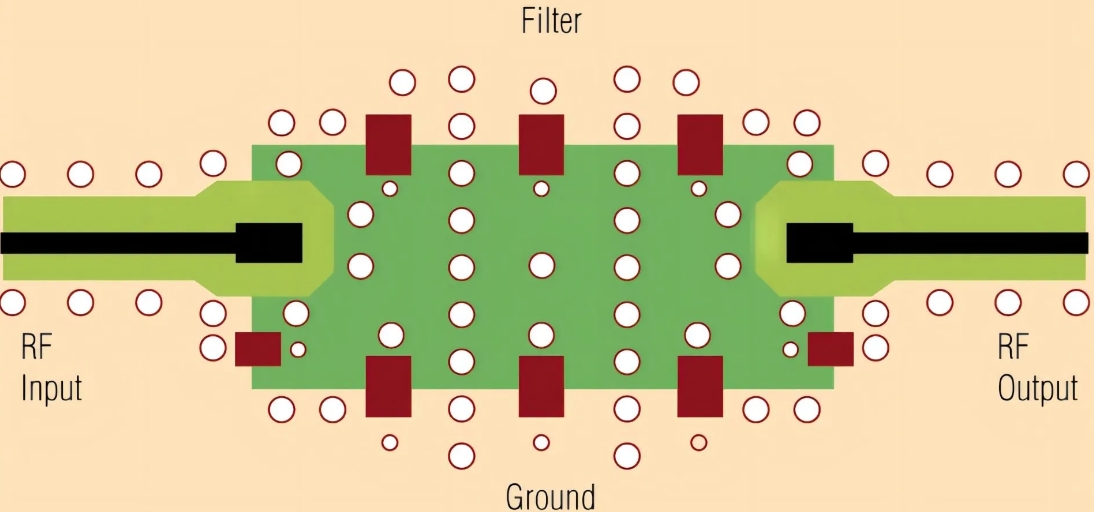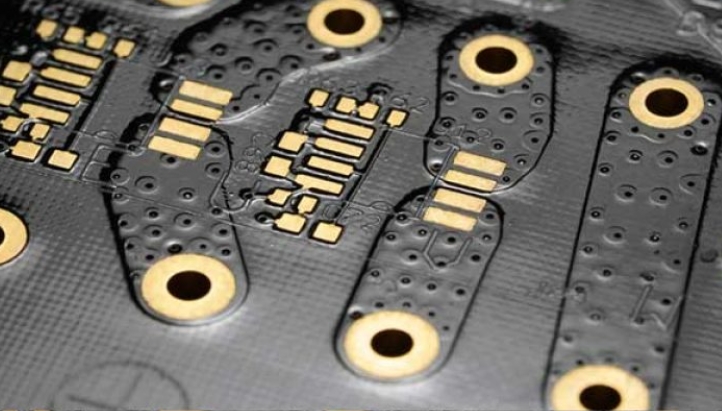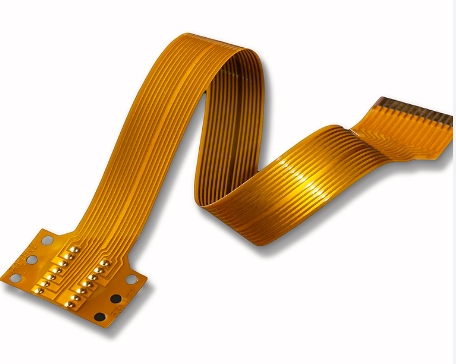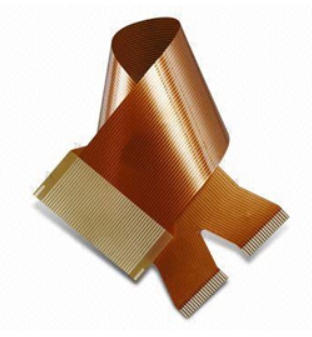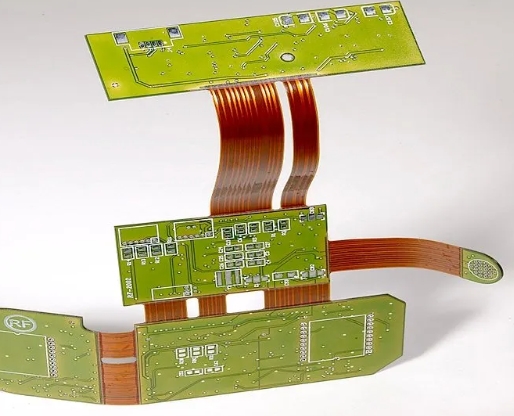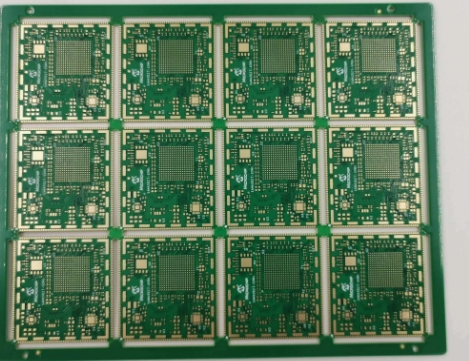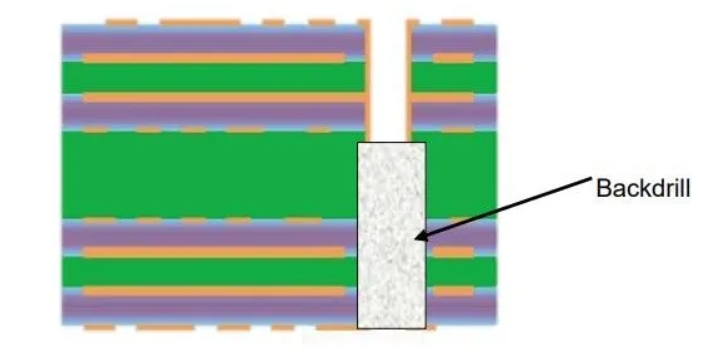The rise of high-tech electronic devices, from smartphones to IoT-enabled gadgets, has fueled the demand for Radio Frequency (RF) PCBs, which facilitate wireless communication by transmitting and receiving RF signals. While RF PCB design shares some similarities with traditional PCB design, it introduces unique complexities such as signal integrity, impedance matching, and high-frequency performance. This article...
HomeCategory
PCB Manufacturing Services | High-Quality PCB & PCBA - KKPCB
The annular ring is a critical aspect of printed circuit board (PCB) design and manufacturing. It plays a vital role in ensuring the electrical conductivity and mechanical reliability of vias, which connect different PCB layers. Understanding what constitutes a good or bad annular ring and adhering to IPC standards is essential for achieving optimal PCB performance. What is an Annular...
What is a Flexible LED PCB? Printed Circuit Boards (PCBs) are the backbone of electronic devices, connecting components seamlessly for reliable functionality. Among these, Flexible LED PCBs have gained prominence due to their adaptability, reduced size, and cost-effectiveness compared to rigid PCBs. They are widely used across industries like consumer electronics, automotive, and aerospace. Flexible LED PCBs can...
What Are Fast Turn Flex PCBs? Fast Turn PCBs are printed circuit boards manufactured and assembled in a short time frame. This process is widely adopted by electronics companies because it ensures high-quality products while being cost-effective and time-efficient. In a competitive market for home appliances and electronics, fast turn flex PCBs meet the demand for large-scale production while...
Printed Circuit Boards (PCBs) are the backbone of all electronic devices, akin to how cells are the foundation of the human body. As the structural framework of every electronic product, PCBs must be efficient and well-constructed. Therefore, selecting the right PCB material is crucial, as it significantly impacts the product’s efficiency, performance, durability, and reliability. Choosing the appropriate...
Introduction The Internet of Things (IoT) is revolutionizing industries worldwide, and its influence on Printed Circuit Board (PCB) design and manufacturing is profound. As IoT devices become more compact, efficient, and interconnected, the demand for innovative PCB designs has surged. This blog delves into how IoT is transforming PCB design and manufacturing, the challenges it poses, and...
In the ever-evolving world of electronics, the demand for high-performance, reliable circuits continues to soar. Copper core PCBs (Copper Metal Core PCBs) have emerged as a key solution, providing unmatched thermal management and structural integrity for countless applications. In this article, we will briefly outline the scope of our exploration, highlighting the characteristics of copper core PCBs...
In the past decade, electronic devices have become increasingly thinner, smarter, and more compact. As the demand for miniaturization and efficiency grows, semi-rigid PCBs have emerged as a well-deserved trend. Their adaptability and versatility make them ideal for applications requiring effective space utilization and enhanced reliability. What is a Semi-Flexible PCB? A semi-flexible PCB is a type of printed...
In today’s world, electronic products have become more complex than before to achieve better performance and thus transfer data faster than ever before. HDI (High Density Interconnect) is a technology used in PCBs to achieve miniaturization of circuit boards with higher component density. Therefore, HDI PCB design considerations are particularly important in HDI PCB manufacturing. In this article, let’s...
What is Backdrill? Back drilling is a method to remove the via stub from the specific layer of multilayer PCB. Via stub is a non-functional portion of a plated through hole or via barrel which can cause unwanted reflection leading to signal distortion and lower performance. It is recommended that the diameter of the back drill...

